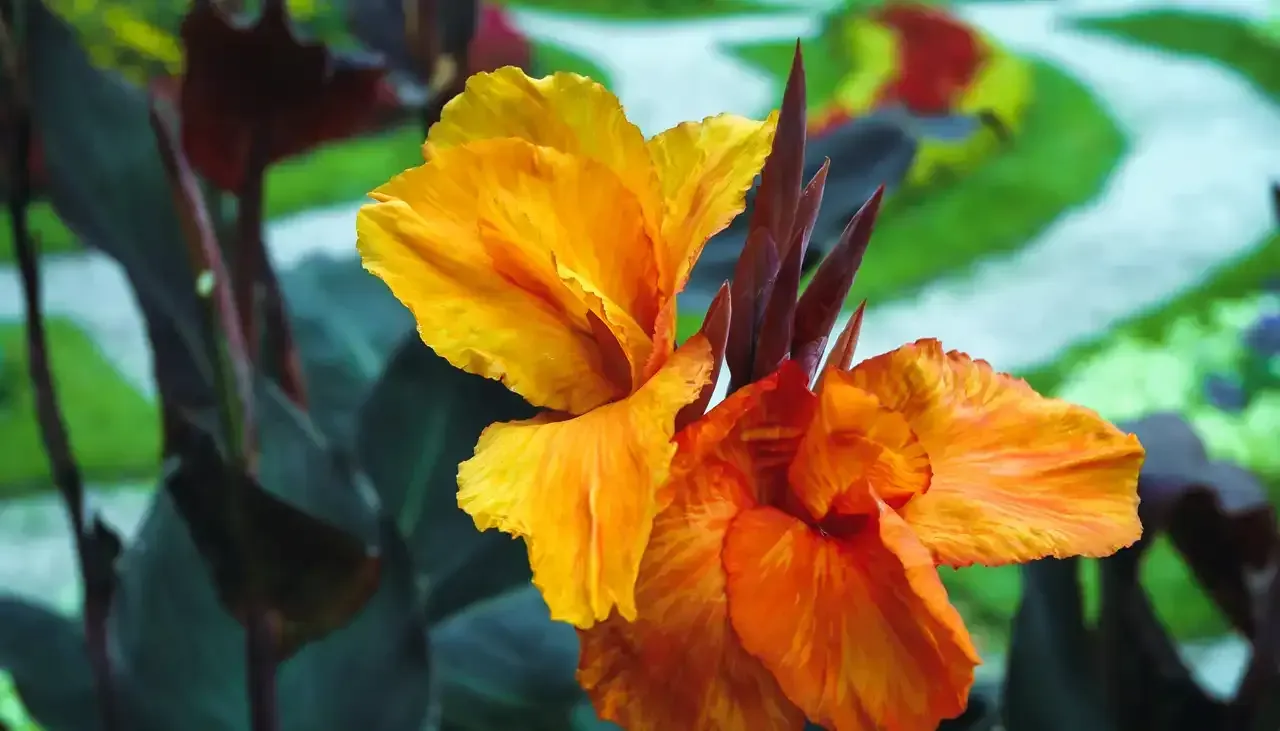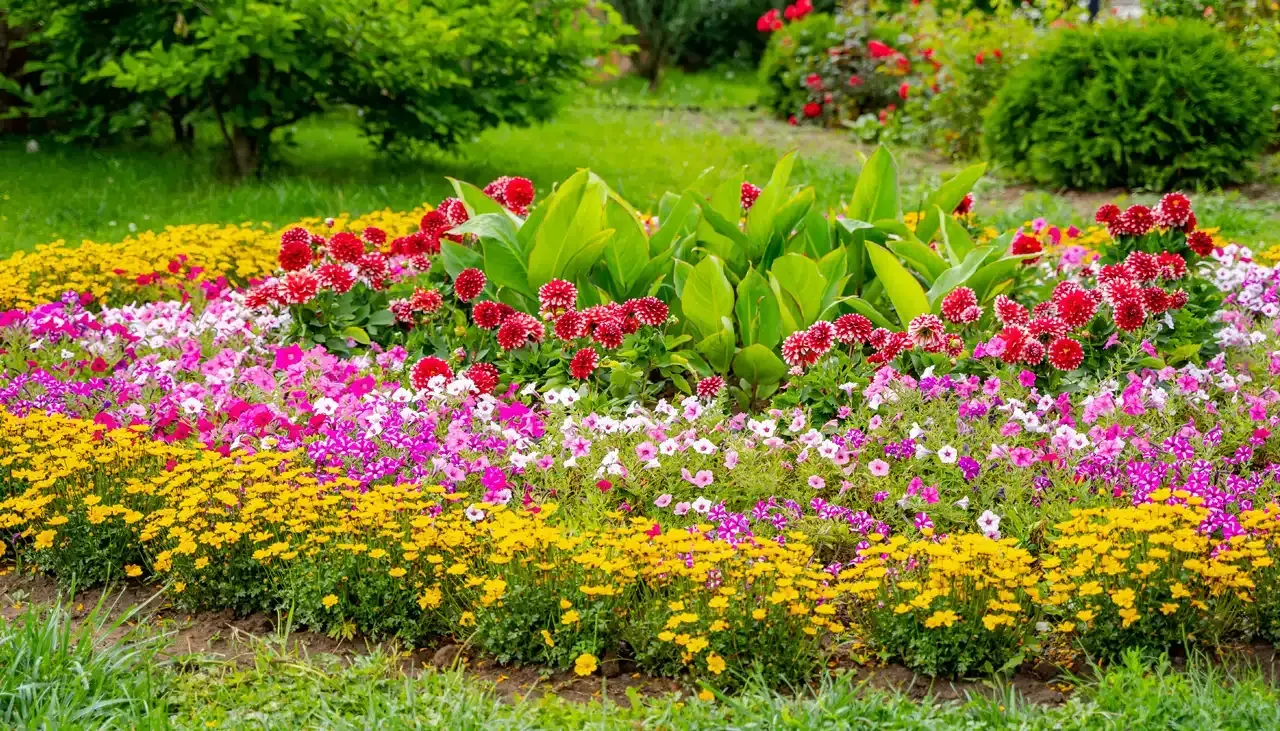How to Plan For Spring 2025
Introduction to Spring 2025 Planning
Spring is the ideal time for new garden and landscaping projects. The mild temperatures and increased daylight hours provide optimal conditions for planting, making it easier to establish new plants and reinvigorate your outdoor spaces. Whether you’re an experienced gardener or a beginner, starting your planning early ensures you’ll maximize the potential of your spring season.
Key Trends for Spring 2025
Seasonal planning is essential for achieving a thriving garden and beautifully landscaped yard. Spring 2025 is set to showcase trends that emphasize sustainability, biodiversity, and creative design, such as:
Choosing the Right Variety of Bougainvillea
Incorporating these trends into your plan can add a modern touch to your garden while promoting environmental friendliness.
Evaluate Your Current Landscape
Before diving in, take time to evaluate your current landscape. Walk through your yard and take note of areas that need improvement. Ask yourself:
- Which plants are thriving?
- What elements need replacing or updating?
- Are there areas that lack visual appeal or functionality?
Reviewing sunlight patterns is another critical step. Observe how light moves across your garden during the day to determine the best spots for sun-loving or shade-tolerant plants. This evaluation provides a solid foundation for your spring plan.
Research and Choose Your Plants
Defining your goals is key when selecting plants for your spring garden. Consider the following:
- Purpose: Are you aiming for a vegetable garden, a pollinator haven, or a decorative space?
- Aesthetic: Do you prefer a formal layout with structured beds or a more natural, flowing design?
- Budget: How much are you willing to spend on plants, soil amendments, and other materials?
Aligning Goals with Seasonal Opportunities
Spring offers a wealth of possibilities for gardeners. Focus on plants that thrive in your climate and hardiness zone. Native plants are particularly advantageous, as they are well-adapted to local conditions and require less water and maintenance. Trending plants for spring 2025, such as colorful dahlias or drought-tolerant succulents, can also add a fresh look to your garden.
Design Your Garden
A well-designed garden balances practicality with aesthetics. Consider incorporating pathways for easy navigation, focal points like outdoor, and plant groupings that create visual harmony. Pay attention to:
- Plant Needs: Place sun-loving plants in areas that receive the most sunlight and plant shade-tolerant plants in less sunny spots.
- Plant Spacing: Avoid overcrowding to ensure each plant has enough room to grow.
- Future Growth: Plan for the mature size of trees, shrubs, and perennials to maintain a cohesive look over time.
- Layering: Mix heights, textures, and colors to create depth and interest.
Sketching a layout or using garden design software can help you visualize your plan and make adjustments before planting begins.
Prep Your Garden Space
Preparing your garden space is crucial to ensure your plants have the best chance of thriving. Start by clearing debris like dead leaves, weeds, and old plant materials to create a clean slate. Add compost or organic fertilizers to boost soil health and fertility. Inspect the irrigation systems, such as sprinklers, to ensure they’re in good working order and cover all necessary places. These preparatory steps create a healthy environment for new growth and help prevent common issues like poor drainage or nutrient deficiencies.
Creating a Timeline for Your Garden Plans
Timing is everything in gardening. A planting schedule tailored to your region’s climate ensures each plant is installed at the optimal time. Start with cool-season plants and hardy perennials in the early spring. Transition to warm-season plants and annuals as temperatures rise. A clear plan will keep you on track and reduce the risk of missing essential planting windows.
Budgeting for Your Outdoor Spring Projects
A well-planned budget prevents overspending and ensures you have the resources to complete your projects. When creating your budget, consider:
- Plants: Research the varieties you want and their costs.
- Soil Amendments: Account for soil, compost, mulch, and fertilizers.
- Hardscape Elements: Include costs for pathways, garden beds, and decorative features like rock borders.
Get Ready for Spring to Start
With your plan in place, it’s time to prepare for the season’s arrival. Get organized, stay updated on weather forecasts, and visit your local plant nursery to time your planting projects perfectly. Following these steps will transform your outdoor space into a thriving, beautiful retreat.
Happy landscaping!
Rosehill Palms
18511 FM 2920 Rd, Tomball, TX 77377
Proud member of the
Please feel free to contact us via the form below. We will give you an answer as soon as possible!
Contact Form Blog
We will get back to you as soon as possible.
Please try again later.
Rosehill Palms | Developed by Urdaneta Group WSI | All Rights Reserved 2025
Rosehill Palms | Developed by WSI Houston | All Rights Reserved 2024





